
Roots
Have you ever truly felt the whispers carried within a single strand of your hair? Perhaps a tremor of recognition, a subtle ache for something ancient, something that transcends the mundane mirror reflection. This connection, this unspoken dialogue with what lies beneath the surface, is where the journey into ancestral hair care truly begins. It is an exploration not just of practices, but of the very spirit of our textured hair, its enduring legacy etched into every curl and coil.
Across continents, through countless generations, humanity’s interaction with the crown of its head has been a deeply personal, often communal, endeavor, profoundly shaped by the very lands and wisdom that birthed it. Understanding how this care varied by region means tracing lines of ingenuity, reverence, and resourcefulness, all rooted in the unique heritage of each community.
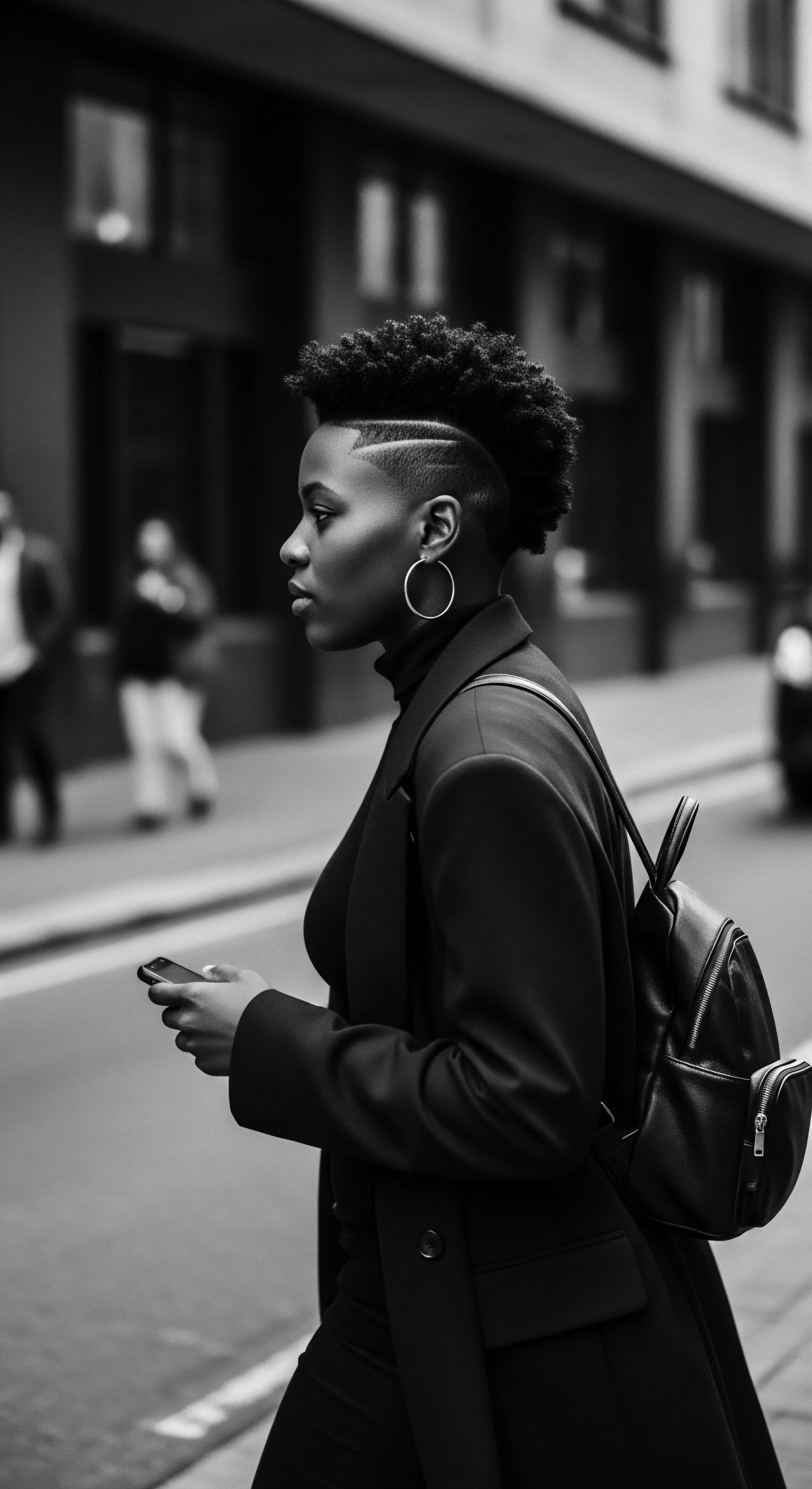
The Anatomy of Heritage
Our textured hair, with its remarkable diversity in curl patterns, density, and porosity, possesses a biological story as rich and varied as the human family itself. From the tight coils that defy gravity, standing as a proud halo, to the gentle waves that flow with quiet grace, each formation is a testament to the elegant adaptations our ancestors developed across diverse climates. Scientifically, the very structure of the hair shaft—its elliptical shape, the distribution of disulfide bonds, the cuticle layers—dictates how it behaves, how it interacts with moisture, and how it responds to manipulation. This elemental biology, however, was never understood in isolation.
Ancient peoples knew, through observation and inherited wisdom, how different hair types responded to the sun’s fervent kiss, the desert’s dry breath, or the humid embrace of the rainforest. Their care practices evolved from this intimate, lived understanding.
The foundational understanding of textured hair’s elemental biology deeply informed ancestral care practices across varied climates.
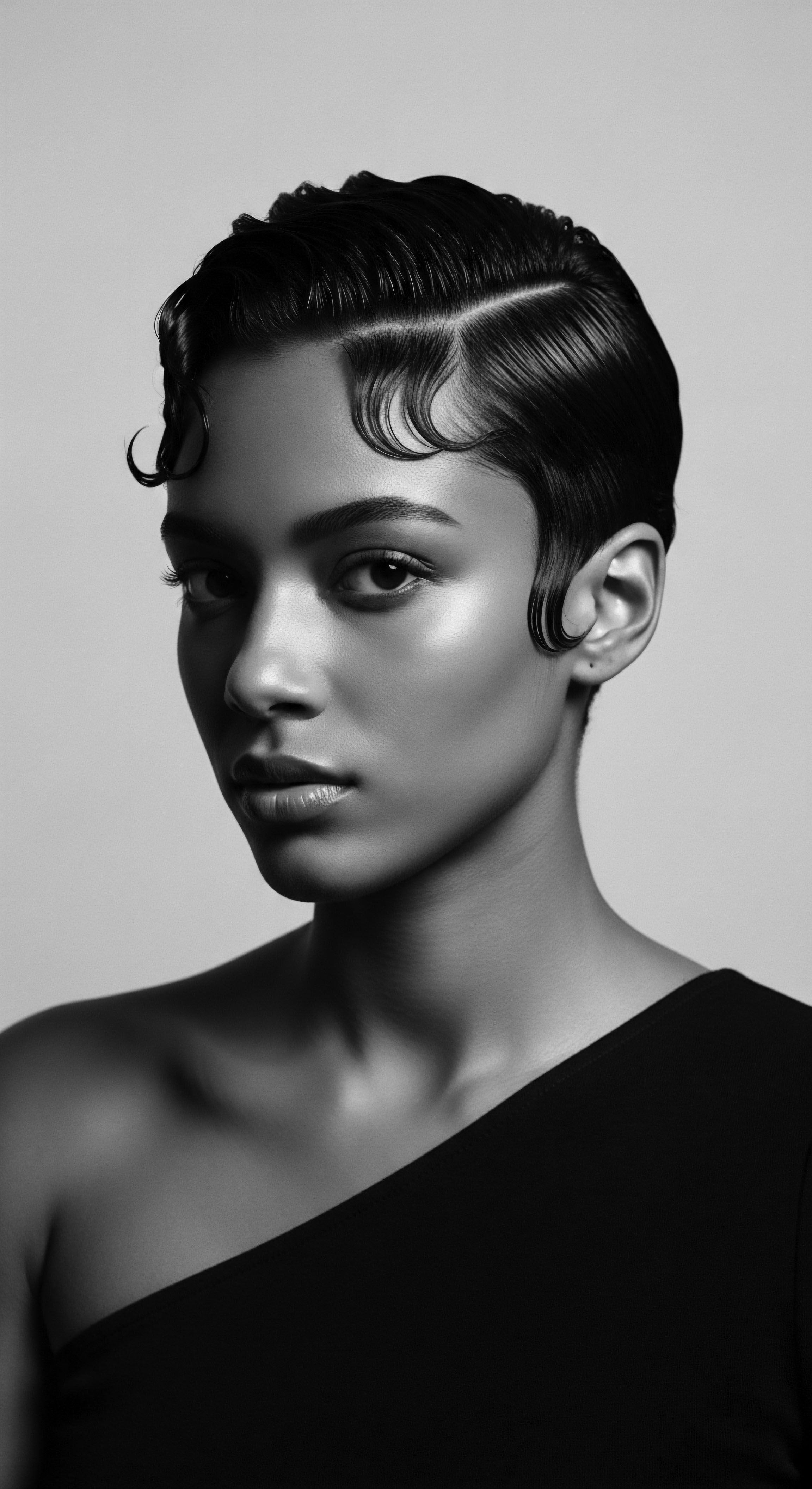
How Does Hair Structure Influence Traditional Care Methods?
The distinct morphology of textured hair, particularly its tendency towards dryness due to the coiling that lifts cuticle layers and makes natural oils less efficient at traversing the strand, profoundly influenced traditional care. Ancestral practices were often centered around retaining moisture, providing lubrication, and strengthening the fragile points along the hair shaft. For instance, cultures in arid regions, where moisture was precious, developed rich oil-based treatments.
Those in more humid environments might have focused on cleansing routines that prevented buildup while still preserving the hair’s natural vitality. The understanding, albeit intuitive, of these structural differences guided the selection of natural ingredients and the development of specific techniques.

Ancestral Hair Lexicon and Classification
Before modern classification systems, ancestral communities possessed their own nuanced ways of describing and understanding hair. These terminologies were often interwoven with spiritual beliefs, social hierarchies, and symbolic meanings, rendering them far more than mere biological descriptions. Hair was, and for many still is, a visual language.
Consider the intricate naming conventions for hairstyles among various African ethnic groups. A specific braid pattern, for example, might be called by a name that directly translates to its meaning ❉ a ‘basket weave’ or ‘farmstead,’ reflecting not just its physical likeness but also its cultural significance or the occasion for which it was worn. These were not arbitrary descriptors; they were living parts of a cultural vocabulary, passed down through generations.
- Irun Kiko ❉ A traditional Yoruba braiding technique where hair is woven into tight patterns, often signifying marital status or social standing.
- Cornrows ❉ Originating in various African cultures, these raised braids followed the scalp, often depicting agricultural patterns or tribal affiliations. Their practical benefit of keeping hair neat and protected was paired with profound symbolic meaning.
- Bantu Knots ❉ Small, coiled buns originating from the Bantu-speaking peoples of Southern Africa, used both as a protective style and as a method to create curl definition when unraveled.

Hair’s Growth Cycle and Environmental Wisdom
Ancestors recognized the cyclical nature of hair growth, even without modern scientific terminology. They observed periods of robust growth, shedding, and dormancy, and their care regimens often aligned with these natural rhythms, sometimes influenced by lunar cycles or seasonal shifts. Environmental factors, too, played an immense part. The availability of local plants, minerals, and animal products directly dictated the ingredients used.
In regions near the coast, for instance, sea salt or algae might have been incorporated for their cleansing or strengthening properties. Inland communities relied on indigenous flora, such as the saponins from certain barks or roots for cleansing, or the rich oils from nuts and seeds for conditioning. This localized knowledge, accrued over millennia, represents a profound dialogue between human ingenuity and the natural world, a deep reverence for the resources the earth provided for holistic wellbeing.

Ritual
From the foundational understanding of hair’s very composition, our exploration naturally turns to the artistry and deliberate actions that transformed raw ingredients and intuitive knowledge into enduring practices. This sphere of ancestral hair care transcends mere routine; it is the realm of ritual, where technique met purpose, and personal adornment served as a vibrant cultural expression. The stylistic heritage of textured hair, particularly, reveals a powerful interplay between protection and identity, a testament to the deep care ingrained in communities worldwide.

Protective Styling Through the Ages
The practice of protective styling, so vital for textured hair today, is not a modern innovation. Its roots stretch back into antiquity, born from the practical need to safeguard hair from environmental stressors and minimize damage during daily life. These styles were often communal acts, performed by skilled hands, fostering bonds and transmitting cultural knowledge.
In many West African societies, for example, intricate braiding sessions were significant social events. Women would gather, often under the shade of a tree, sharing stories, wisdom, and laughter as fingers deftly moved through strands. These were not just styling sessions; they were classrooms, therapy sessions, and community hubs all rolled into one. The resulting styles, ranging from elaborate cornrows to sculptural upsweeps, protected the hair from dust, sun, and breakage while simultaneously communicating tribal affiliation, age, marital status, or even religious beliefs.
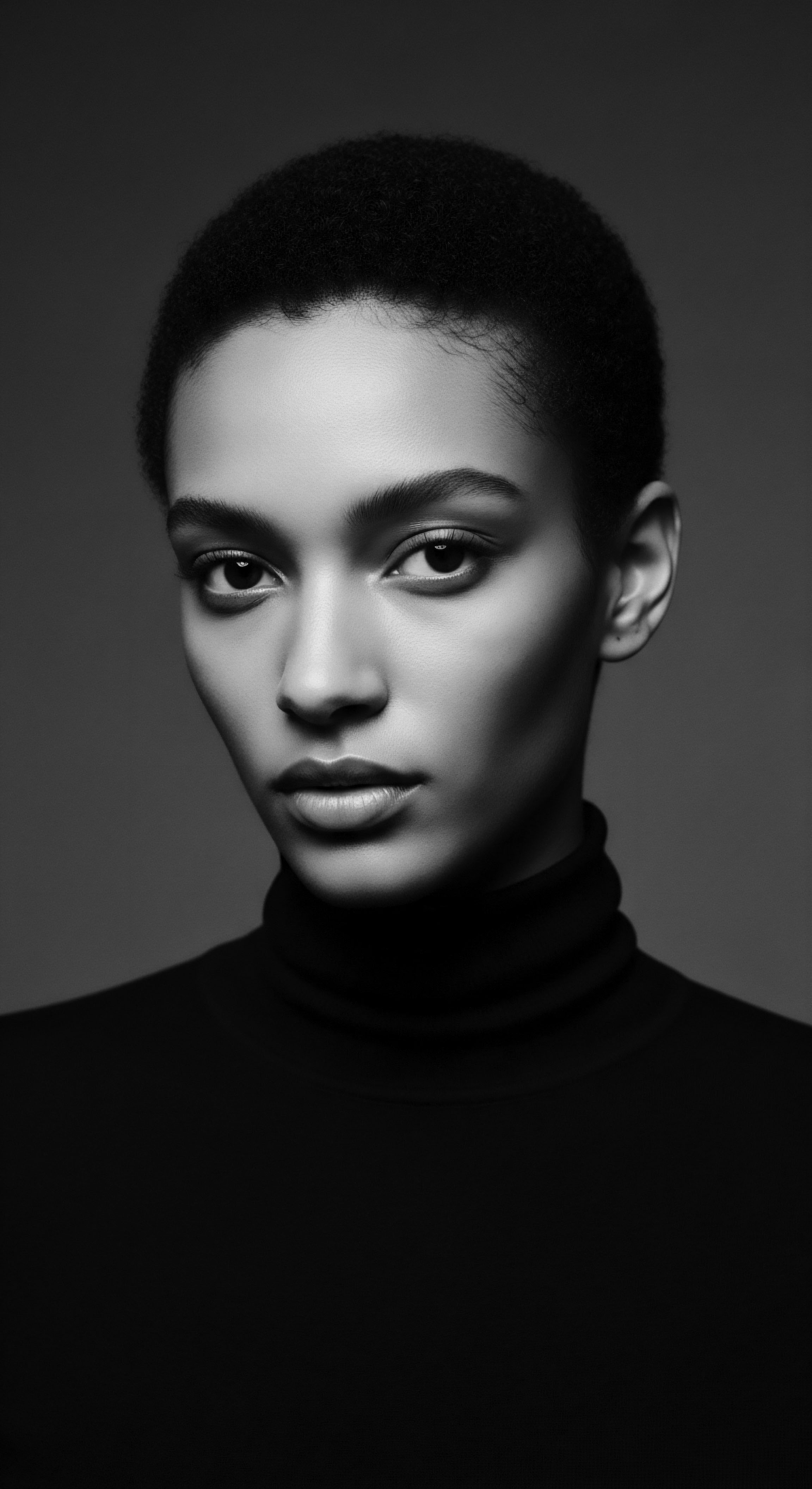
What Ancient Styling Tools Influenced Modern Practices?
The tools of ancestral hair care were as diverse as the regions themselves, often crafted from readily available natural materials. Combs were carved from wood, bone, or ivory, each design often specific to a particular community or purpose. Adornments were fashioned from shells, beads, metals, or even precious stones, each adding layers of meaning and artistry. These tools, though seemingly simple, were often engineered with an intuitive understanding of textured hair’s needs, minimizing snagging and breakage.
| Traditional Tool Wooden Combs |
| Materials and Origin Carved from various hardwoods across Africa and Asia. Often wide-toothed. |
| Connection to Modern Care Inspiration for modern wide-tooth combs, minimizing breakage on fragile strands. |
| Traditional Tool Hair Pins/Picks |
| Materials and Origin Bone, wood, metal, used in ancient Egypt and various African cultures. |
| Connection to Modern Care Ancestors of modern hair picks, particularly for lifting and shaping voluminous hair without disturbing curl patterns. |
| Traditional Tool Ceramic/Stone Heaters |
| Materials and Origin Heated stones or pottery used by some groups for slight straightening or setting. (Thompson, 1993) |
| Connection to Modern Care Precursors to modern heat styling tools, though with vastly different control and effect. |
| Traditional Tool These tools, rooted in practical wisdom, shaped hair across millennia, their principles echoing in contemporary practices. |

The Art of Natural Definition
Beyond protective styles, ancestral communities also had profound techniques for enhancing and defining their natural hair textures. This involved using specific ingredients and manipulation methods to bring out the inherent beauty of curls and coils, rather than altering them.
In parts of North Africa and the Middle East, for example, clay-based treatments were common. Rhassoul clay, sourced from the Atlas Mountains, was used as a natural cleanser and conditioner, known for its ability to draw out impurities while leaving hair soft and defined. Its mineral-rich composition provided both cleansing and a subtle conditioning effect, allowing natural texture to flourish. Similarly, plant-based gels from flaxseed or aloe vera, which are popular today, were known and utilized for their defining properties in various indigenous communities for centuries, providing hold without stiffness.

Wigs and Adornments ❉ A Historical Perspective
The history of wigs and hair extensions also has deep ancestral roots, far predating their modern incarnations. In ancient Egypt, wigs were not just fashion statements; they served practical purposes of protection from the sun, hygiene, and ritualistic significance. These wigs, often made from human hair, plant fibers, or even wool, were meticulously styled, adorned with jewels, and sometimes perfumed. They conveyed social status, religious devotion, and aesthetic ideals.
Similarly, in many African societies, hair additions were used to create elaborate, gravity-defying styles that spoke volumes about an individual’s identity and position within the community. These additions were seamlessly integrated, often with natural fibers, demonstrating an ingenuity in hair artistry that continues to inspire.

Relay
The journey of ancestral hair care, from foundational anatomy to the art of styling, converges in the purposeful regimens that sustained hair health across generations. This is the realm of the ‘Relay,’ where knowledge and practice were passed down, continuously adapting to new environments while preserving their core wisdom. For textured hair, this continuity of care is particularly profound, as it speaks to resilience and an enduring commitment to wellbeing despite immense historical upheaval.

Building Regimens from Ancestral Wisdom
Ancestral hair care was seldom a random act; it was a deeply ingrained regimen, often woven into daily or weekly rituals. These routines were holistic, considering the internal health of the individual alongside external applications. The selection of ingredients was dictated by local ecology and generations of empirical observation, often with a deep respect for the healing properties of nature.
For communities in West Africa, the prominence of Shea Butter (Vitellaria paradoxa) is a compelling example. It is not simply a moisturizer; it is a cultural cornerstone, utilized for skin, hair, and even cooking. Women traditionally harvested and processed shea nuts, transforming them into a rich, unrefined butter. This butter, with its high concentration of fatty acids and vitamins, served as a potent emollient, sealant, and protective balm for textured hair, shielding it from the sun and retaining vital moisture.
Its usage is documented across centuries, passed from mother to daughter as a vital piece of ancestral knowledge. (Lovett, 2018). The deep connection to the land and its offerings shaped care practices in a way that modern product lines, despite their scientific backing, can only aspire to replicate in authenticity.
Ancestral hair care was a holistic, integrated regimen, often utilizing locally available natural ingredients with profound understanding of their properties.

How Did Nighttime Rituals Protect Ancestral Hair?
The protective measures taken during sleep are a testament to the foresight of ancestral hair care. Just as we use bonnets and silk pillowcases today, various cultures developed ingenious ways to safeguard hair from friction and tangling overnight. This understanding stems from the practical reality of textured hair’s fragility.
In many parts of Africa and the African diaspora, headwraps and specific sleeping caps were not merely fashion accessories; they were functional elements of a daily hair regimen. Materials like woven cotton or softened animal hides, depending on the region and available resources, would have been used to secure styles, retain moisture, and prevent the hair from drying out or becoming matted against rough sleeping surfaces. This proactive protection minimized breakage, thereby supporting length retention and overall hair vitality, a concept crucial for maintaining elaborate styles that took hours to create.

Ingredient Legacies for Textured Hair Needs
The ingredient lexicon of ancestral hair care is vast, a living pharmacopeia derived from the natural world. Each region contributed its unique botanical treasures, often with specific properties understood through generations of trial and error.
Consider the use of Chebe Powder (Croton Zambesicus) among the Basara Arab women of Chad. This blend of seeds, resin, and essential oils is meticulously applied to the hair (excluding the scalp) in a traditional routine to strengthen strands, prevent breakage, and promote length retention. It is a powerful example of localized ancestral wisdom targeting the specific challenges of very coily hair types.
Similarly, the use of Coconut Oil in many Asian and Pacific Islander communities dates back centuries, valued for its penetrating properties and ability to reduce protein loss in hair. These localized applications speak to a deep, experiential knowledge of ingredient efficacy.
- Shea Butter ❉ From West Africa, a powerful emollient and sealant, rich in vitamins and fatty acids.
- Chebe Powder ❉ Originating from Chad, a blend of herbs known for strengthening hair and reducing breakage.
- Amla Oil ❉ From India, made from the Indian gooseberry, traditionally used to nourish hair and promote growth.
- Olive Oil ❉ Widely used in the Mediterranean, a natural moisturizer and protector for hair and scalp.
- Aloe Vera ❉ Present in many tropical and arid regions, known for its soothing, moisturizing, and conditioning properties.
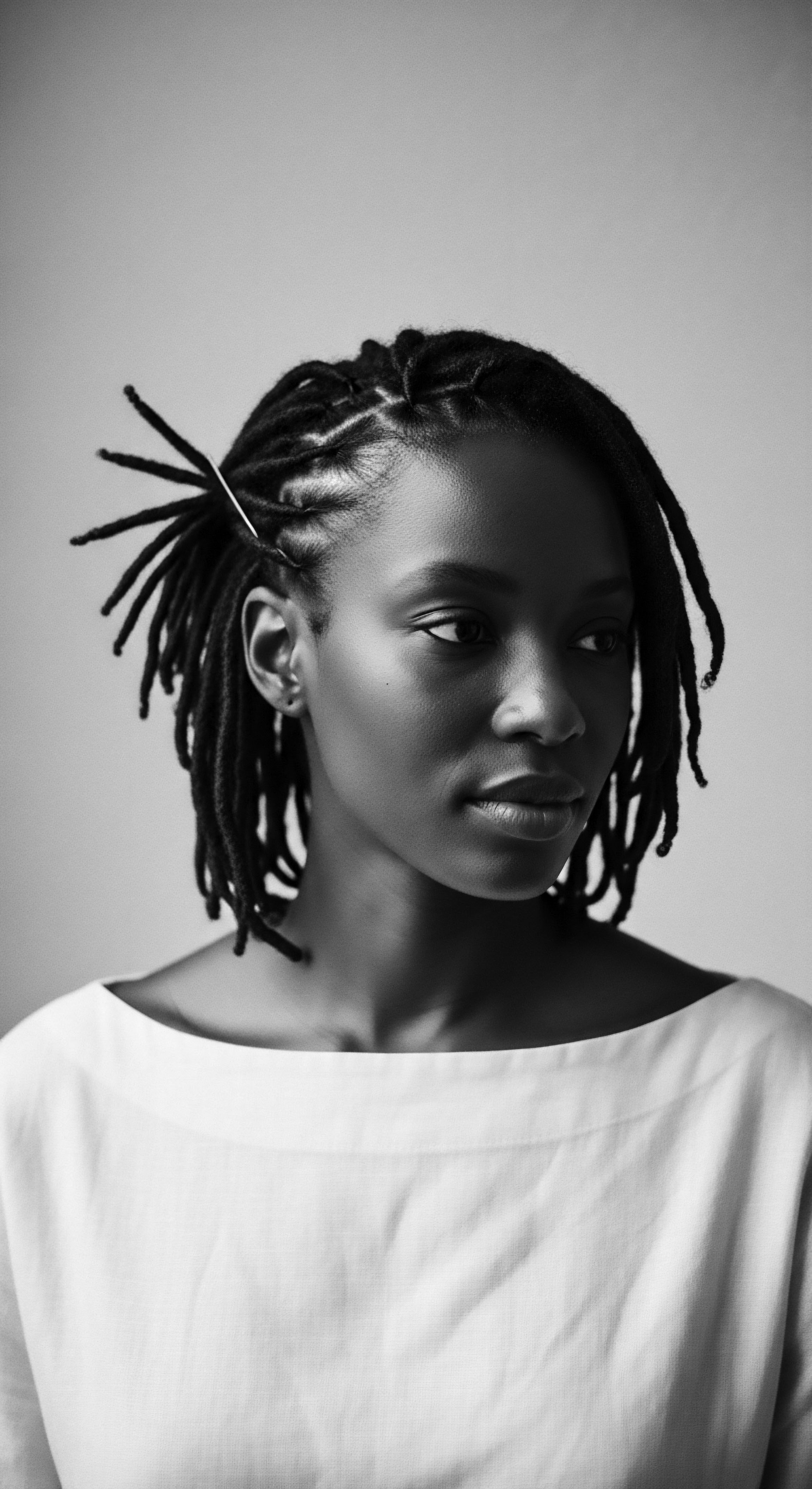
Holistic Influences on Hair Health
Ancestral hair care was rarely separated from overall wellbeing. Diet, spiritual practices, community connection, and environmental harmony were all seen as interconnected elements influencing not just the body, but the hair itself. This holistic approach recognized that true radiance stemmed from internal balance.
For many indigenous cultures, certain foods were consumed not just for sustenance but for their perceived benefits to hair strength and vitality. Herbs for internal cleansing or tonics were often part of the broader regimen. The act of hair styling or care itself could be a meditative or spiritual practice, fostering a deeper connection to self and lineage. This integrated perspective, where hair is a vibrant barometer of overall health and spirit, stands in stark contrast to purely superficial approaches, reminding us of the profound depth of inherited wisdom.
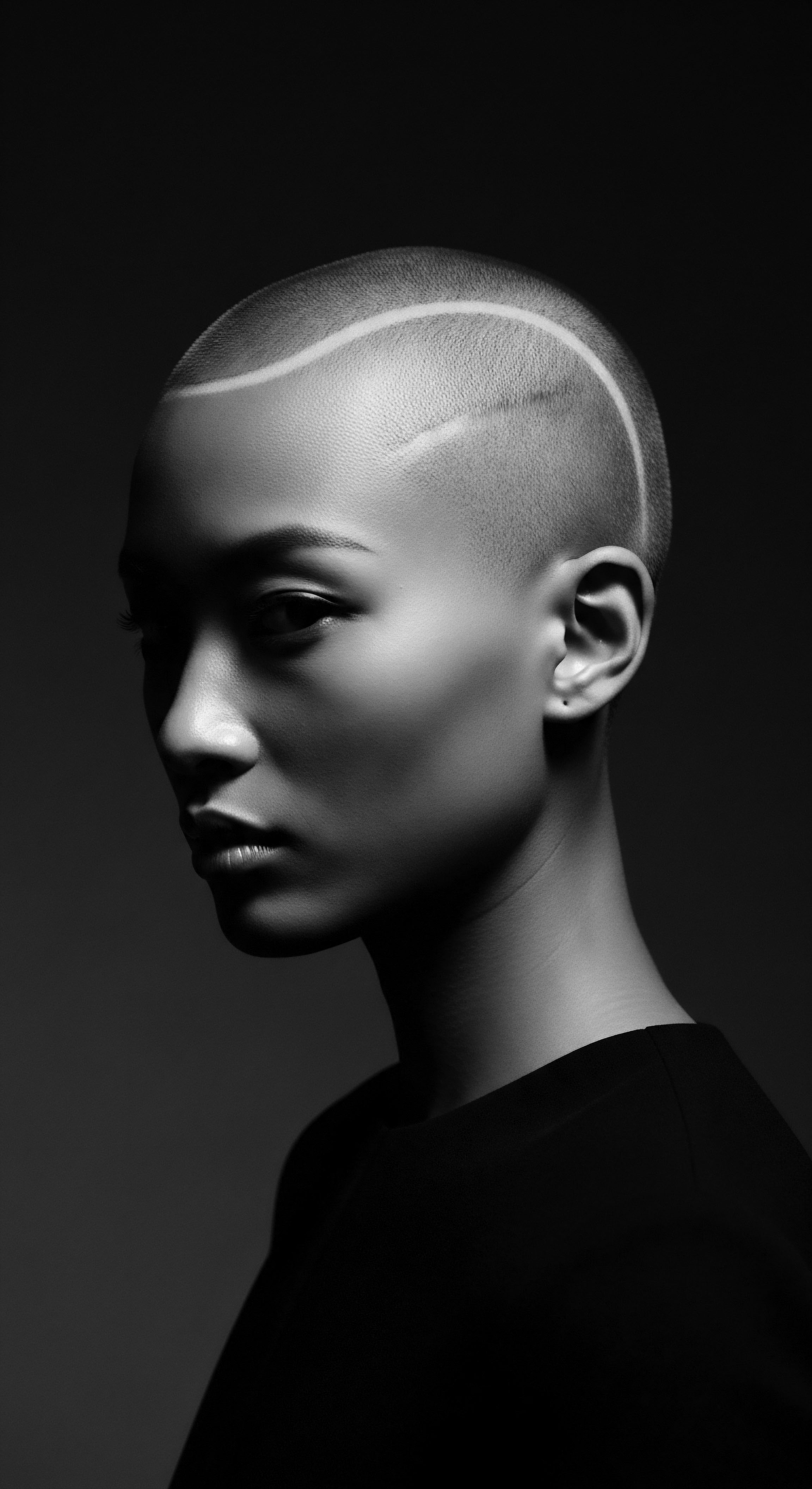
Reflection
Our journey through the diverse landscapes of ancestral hair care has been a profound exploration, revealing that the roots of our textured hair legacy are woven into the very fabric of human history. The practices, the ingredients, the tools—all speak to an inventive spirit, a deep reverence for nature, and an undeniable understanding of hair’s intrinsic connection to identity, status, and spirit. It is a legacy of adaptation and resistance, where the beauty of a braid or the nourishment of an ancient oil held not just aesthetic appeal, but also the stories of survival, resilience, and belonging.
The ‘Soul of a Strand’ whispers these ancient truths into our present moment. It invites us to look beyond fleeting trends and rediscover the enduring wisdom embedded in our heritage. Each coil, each kink, each wave carries the echoes of grandmothers and grandfathers, of communities who understood hair as a living archive, a canvas for history.
By honoring these ancestral ways, by understanding the regional differences and the common threads that bind us, we do more than simply care for our hair; we participate in a continuous relay of knowledge, keeping these luminous traditions alive for generations to come. It is a powerful act of reclamation, a celebration of what has always been beautiful, and a hopeful declaration of what will continue to be.

References
- Thompson, Robert Farris. 1993. Face of the Gods ❉ Art and Altars of Africa and the African Americas. Prestel.
- Lovett, Jon C. 2018. Shea Butter ❉ A Comprehensive Guide to Its Uses and Benefits. Nutra Publishing.
- Eicher, Joanne Bubolz. 1995. Dress and Ethnicity ❉ Change Across Space and Time. Berg Publishers.
- Diala, Nky. 2020. African Hair Braiding ❉ Ancient Art, Modern Trends. Independent Publisher.
- Okonkwo, Ifeoma. 2017. The Cultural Significance of Hair in Igbo Society. Journal of African Studies.
- Pathak, Anjali. 2019. Traditional Indian Hair Care Practices ❉ An Ayurvedic Perspective. Journal of Traditional and Complementary Medicine.
